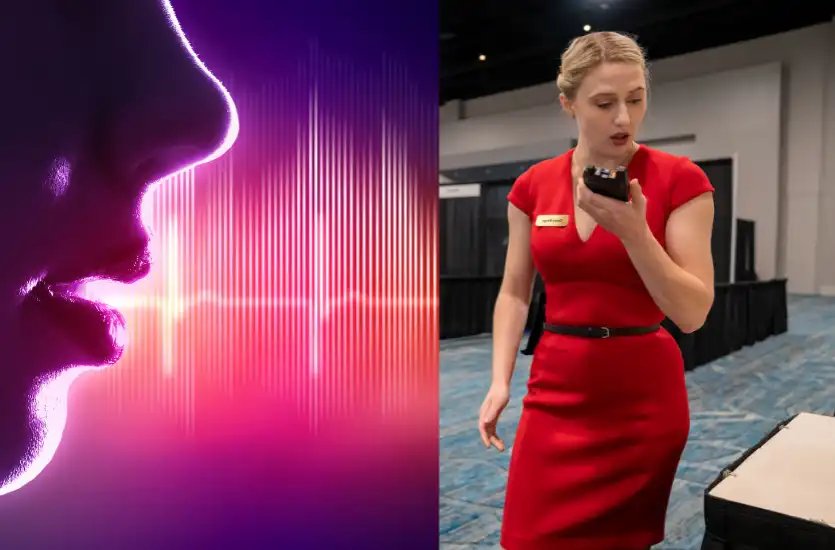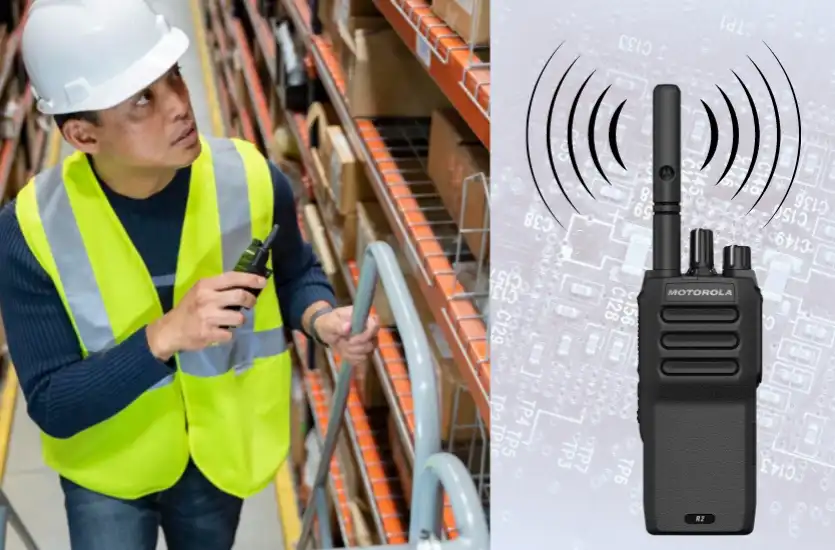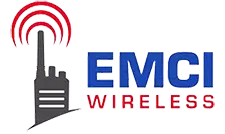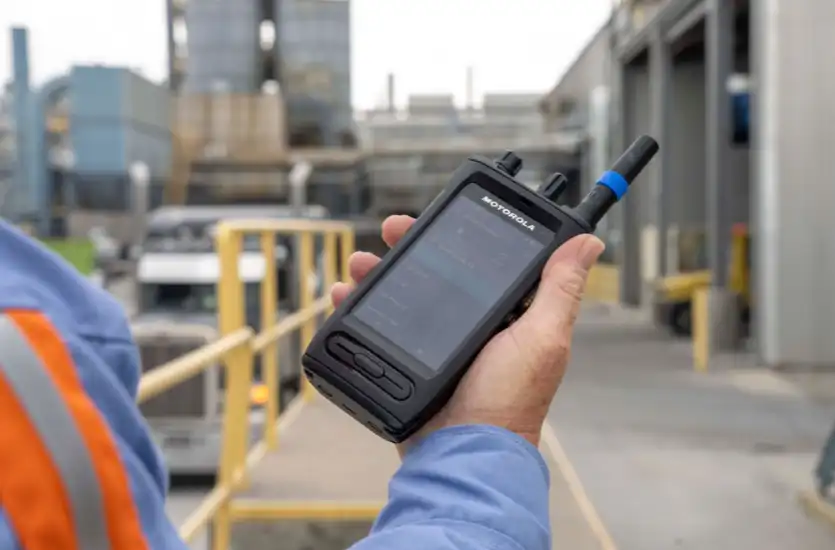It should come as no surprise that two-way radios have long been a dependable and widely used communication tool across many industries. From transportation and construction to local government and healthcare to law enforcement and emergency medical services, two-way radios offer an unrivaled and necessary communication approach when it matters the most.
Clear and immediate communication is non-negotiable, whether coordinating job sites, managing fleet operations, or responding to emergencies. However, as technology advances, businesses still relying on analog radios may need more range, clarity, and features than they needed decades ago.
This is where digital two-way radios come into play, offering a modern solution with more flexibility and improved performance. In this article, we’ll look at why it’s time to upgrade from analog to digital radios and outline how businesses can easily make the switch.
Understanding the Differences Between Analog and Digital Two-Way Radios
Analog two-way radios have been the backbone of communication for many industries for decades. They transmit sound waves as continuous signals, which are then received and converted back into voice. While this technology is reliable, it’s not without limitations—particularly regarding sound clarity and signal range. Analog radios can experience interference, background noise, and a loss of clarity as the distance between users increases.
Digital two-way radios, on the other hand, convert voice signals into data, transmitting them as binary code. This digital transmission allows for clearer sound, less interference, and more efficient use of available channels. Since digital radios use data, they can also incorporate additional features like text messaging, GPS tracking, and emergency alerts, which are not available with analog systems.
Here’s why digital radios provide a higher level of communication quality:
- Improved Sound Clarity: Digital radios filter out background noise, delivering a cleaner sound even in noisy environments.
- Stronger Signal Over Distance: Unlike analog radios, digital signals don’t degrade as quickly, maintaining sound quality over longer distances.
- Less Interference: Digital radios are better at avoiding channel interference, providing more reliable communication.
- Increased Capacity: Digital technology allows for more simultaneous users on the same frequency without affecting performance.
Key Benefits of Digital Two-Way Radios
When fast and dependable communication matters, you don’t want outdated technology to get in the way. This is all the more reason to consider a shift from those outdated devices to newer, digital communication devices.
Let’s take a look at the benefits you can anticipate if your organization makes the shift.
- Improved Sound Clarity: Digital radios excel at filtering out background noise, providing clearer audio even in noisy environments like construction sites or busy transportation hubs.
- Extended Range and Coverage: Unlike analog radios, which lose clarity as distance increases, digital radios maintain high sound quality over greater distances.
- Efficient Use of Radio Spectrum: Digital technology allows for more efficient channel management, which means more users can communicate at the same time without experiencing interference or dropped signals.
- Advanced Features for Productivity: Digital radios come equipped with features like GPS tracking, text messaging, and emergency alerts, which can improve safety and coordination on the job. These functions aren’t available with analog systems.
- Longer Battery Life: Digital radios are more energy-efficient, using less power than analog devices. This leads to longer operational hours, reducing the need for frequent recharging during long shifts.

Industries That Benefit Most from Migrating to Digital
While we suggest and maintain the belief that all industries can benefit by shifting from analog two-way radios to digital two-way radios, there are clearly some industries that will benefit more than others.
- Public Safety and Emergency Services: Reliable communication can make all the difference in high-pressure situations. Digital mobile radios support high-profile operations by providing clear, uninterrupted communication, even in chaotic environments. The advanced features of Motorola two-way radio solutions, such as GPS tracking and emergency alerts, help first responders stay connected and safe during emergencies.
- Transportation and Logistics: Managing large fleets and coordinating routes across long distances requires flawless communication. Digital portable radios allow drivers and dispatchers to stay in touch without interference or dropped signals, making it easier to track deliveries and respond to unexpected issues along the way.
- Construction and Manufacturing: Large job sites with multiple teams demand clear and reliable communication. Digital radios allow construction managers to coordinate tasks, maintain worker safety, and communicate over longer distances. Portable radios also allow on-the-go communication across the site, keeping teams connected and in sync.
- Utilities and Energy: Digital radios are imperative for improving coordination for teams working in remote or rural areas, where cell service may be unreliable. Mobile radios, especially Motorola two-way radio solutions offer the ability to maintain communication across rugged terrain, helping utility workers and energy companies manage projects.
Challenges of Migrating from Analog to Digital
We understand that you may have bought into the need for an upgrade to digital two-way radios, but your concern is less about the upgrade and more about the migration internally. We get it.
But we have good news for you as we have worked with dozens of organizations have already made the switch. And, we’ve learned a few things along the way about how to make the analog-to-digital transition as easy as possible. But first, let’s talk challenges.
Here’s what you need to know about the challenges you may face.
Initial Cost Considerations
The upfront costs of moving to digital radios can be a concern, particularly when purchasing new equipment like portable radios or mobile radios. However, it’s important to view this as an investment in long-term communication improvements.
EMCI Wireless can help you assess your current budget and find Motorola two-way radio solutions that meet your needs without overwhelming your resources.
Training and Learning Curve
With new technology comes the need for proper training. Employees may need time to familiarize themselves with the additional features that digital radios offer.
Planning for a comprehensive training program will make the transition more comfortable for your team and help them take full advantage of the new system.
Compatibility with Existing Systems
In some cases, upgrading to digital radios may require additional infrastructure updates, such as repeaters or base stations, to maintain full functionality.
EMCI Wireless can guide you through this process, making sure that your existing systems are evaluated and adapted where necessary so the migration is as seamless as possible.

Steps to Successfully Migrate Your Analog Radios to Digital
Now that you know the typical challenges that businesses face with a transition, let’s talk about what you can do to make the transition as easy as possible.
- Evaluate Current Communication Needs: Before making any changes, assess your organization’s current communication setup. Consider what’s working well with your analog system and identify areas where your team experiences communication issues. This will help you determine the specific digital features that benefit your operations most.
- Consult a Communication Solutions Provider: Transitioning to digital radios is not a one-size-fits-all process. By working with experts like EMCI Wireless, you can get tailored advice on which Motorola two-way radio solutions best suit your industry and needs. We can help you find the right equipment and offer guidance on any infrastructure updates required.
- Start with a Phased Approach: You don’t have to leap all at once. Many businesses have gradually chosen to adopt digital radios. For instance, you might start by upgrading one department or team to digital while still using analog radios in other areas. This phased approach helps ease the transition and gives your team time to adjust.
- Focus on Training: To maximize the value of your new digital radios, allocate time for staff training. Make sure everyone understands how to use the advanced features and can adapt to the new system, and can have any questions answered.
- Monitor and Adjust as Needed: After migrating, monitor how the new system is performing. Solicit feedback from your team, address any issues that arise, and adjust your setup if needed. EMCI Wireless supports you throughout this process to make sure the system works as intended for your business.
Common Misconceptions About Digital Radios
Unfortunately, several misconceptions may hold businesses back from switching to digital radios. Let’s clear up a few of those common myths.
- Digital Radios are Too Expensive: While the upfront cost of digital radios can be higher than analog, they are a long-term investment. Digital radios typically have lower maintenance costs, longer battery life, and features that improve efficiency, which leads to cost savings over time.
- The Sound Quality Isn’t That Different: Digital radios provide significantly better sound clarity compared to analog, especially in environments with high levels of noise or interference. This improvement helps reduce miscommunication, making digital radios particularly valuable in busy, high-pressure settings.
- We Can’t Use Digital Radios with Our Existing Analog System: Many digital radios are “dual-mode,” which means they can communicate with both digital and analog radios. This feature allows businesses to migrate gradually without losing the ability to communicate with their existing analog system during the transition.
Schedule a Free Consultation with EMCI Wireless to Discuss Your Transition from Analog to Digital Two-Way Radios
Are you looking to make the switch? Whether your business is located in Bonita Springs, Kissimmee, Zephyrhills, or anywhere in between, we can help.
Start with scheduling your free consultation. During this initial discussion, we’ll discuss your needs, understand your current communications technology set-up, and devise a plan to help you make your transition as easy as can be.

